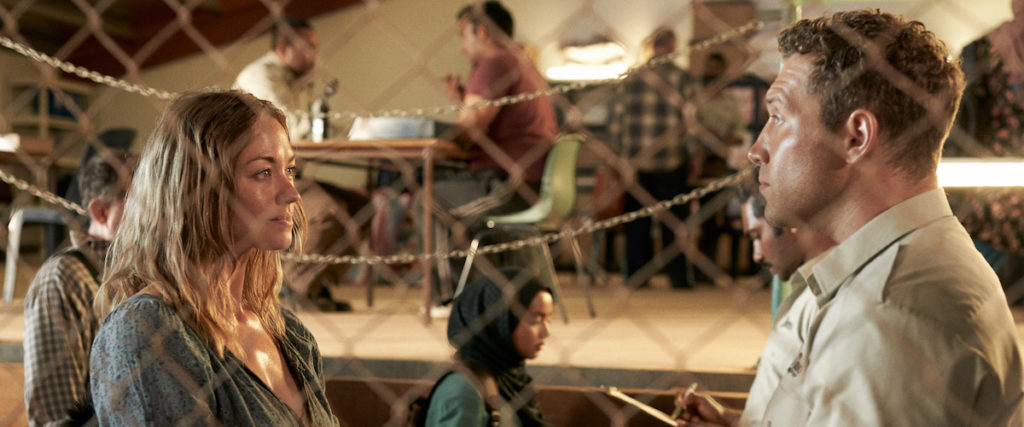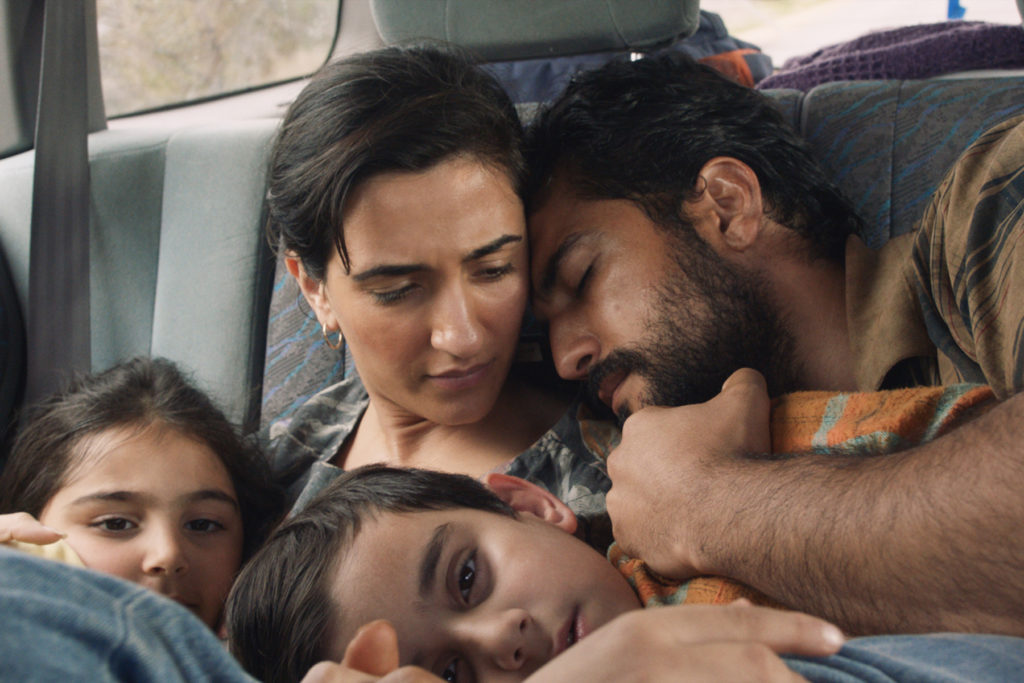A Tale of Extraction
Stateless is lesson on privilege and what it means to weaponize it. A heartbreaking tale that is meant to serve as a reflection and critique on detention centers, Stateless pits two people on separate sides of a crisis and viewers watch them submerge in different forms of turmoil. One whose identity is stripped and one whose livelihood is always put into question. What I loved about this show is that it doesn’t spare feelings or realities to make it easier to swallow. You see the corruption face forward. Xenophobia is the merge between racism and entitlement. Detention centers is yet another site where white supremacy gets to reign supreme. Stateless is an entry point where viewers get to see how the system makes lives extra miserable in a place that was already created to be a site of misfortune.
While thinking of detention centers, the first thing that comes my mind is POC displacement. White people do not make up the predominant percentage of prisoners in detention centers. While watching Ameer’s side of the story it felt all too familiar. Looking for a better life to support your family, so you seek refuge in a country that you hope would grant mercy. Yet not having money will grant disadvantages, and of course that cements across the series. People imagine that centers like this is filled with criminals and people who have been struggling with morality because that’s how they teach Xenophobia. They market people seeking refuge as if it is a crime. Tell them to live moral lives without a speck of guilt.

Xenophobia as the Catalyst for White Supremacy
Ironic how someone who mostly fits the ideological “citizen” has to suffer in order to look after his family and deal with layers of loss and distrust among the people that was supposed to help him. How Stateless is proof that the prison system is meant to force people into boxes that mark them as savages. Another example of how Xenophobia presents itself under the umbrella of white supremacy is when we meet Sofie.
When Sofie arrives at the center, seemingly by mistake, you can already tell how much audacity she comes equipped with. I’ll let you know before you even watch this show, at the end of certain episodes, you’ll feel like you need to throw hands with her. At first you begin to feel sorry for her, maybe confused as to how she ended up somewhere where it seems like she was not the targeted audience. After all, she did go through her own form of tragedy and no person should ever be subjugated to imprisonment.

Yet in her path to escape, you see how she feels entitled over the others. You can read it in the way she talks to officials, how she dances on tables, and feels confident enough to destroy the peace regardless if it comes at anyone else’s expense. You see her white privilege when she interacts with guards, how she is never taken to a corner and beaten with a nightstick even in the midst of her stubborn antics. Sofie wants out because she “doesn’t belong here.” Maybe these people do, but I have citizenship. A lesson on self-recognition and preservation at the expense of others that don’t look like you.
The Price of Blood Money
As the story progresses, we learn about her relationship to extraction. How everything entwines with one another. The triggers follow and manifest in different ways. While analyzing Stateless I think that it is important to note that you cannot separate trauma from detention centers. It is innately a part of the experience. Whether you are the administrator of the trauma or the one receiving it, there is no conversation about places like this without recognizing the baggage that comes with it. The detention officers directly play a part in the livelihood of the detainees. Their cruelty is spread out in seemingly minuscule ways that quickly spread to outright violence. They involve themselves in psychological warfare, yet at the same time I feel like they get off too easily. The viewer’s relationship to the detention center officers is layered, wishing that they could grant mercy to detainees but also knowing they have been so systematically involved it almost feels like everything is ingrained.

Moments where they seem to gain a conscience still feels layered within a savior complex, which makes me question the true critique on white privilege throughout the series. What consequences do they face that doesn’t end in their own redemption? Each white person in this film faces a problem but, in the end, it doesn’t feel like a loss of power or a “newly learned perspective.” Is it realistic? Sure. But if it is not critiquing or presenting new perspectives on how we should handle white privilege in spaces like detention centers, what is it really doing? Stateless does a great job in presentation, parallels, and situational metaphors, but it does not challenge in dismantlement, power dynamics, and showing what consequences and empathy looks like outside of the windows of a white savior complex.
Want to get Black Nerd Problems updates sent directly to you? Sign up here!
Follow us on Twitter, Facebook and Instagram!


Show Comments